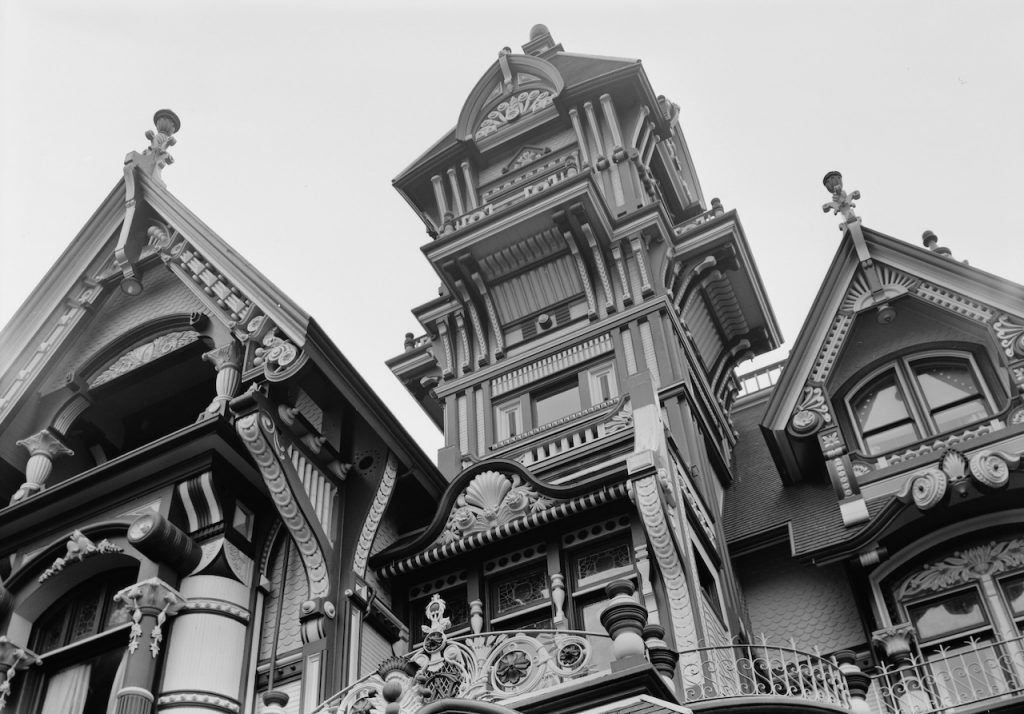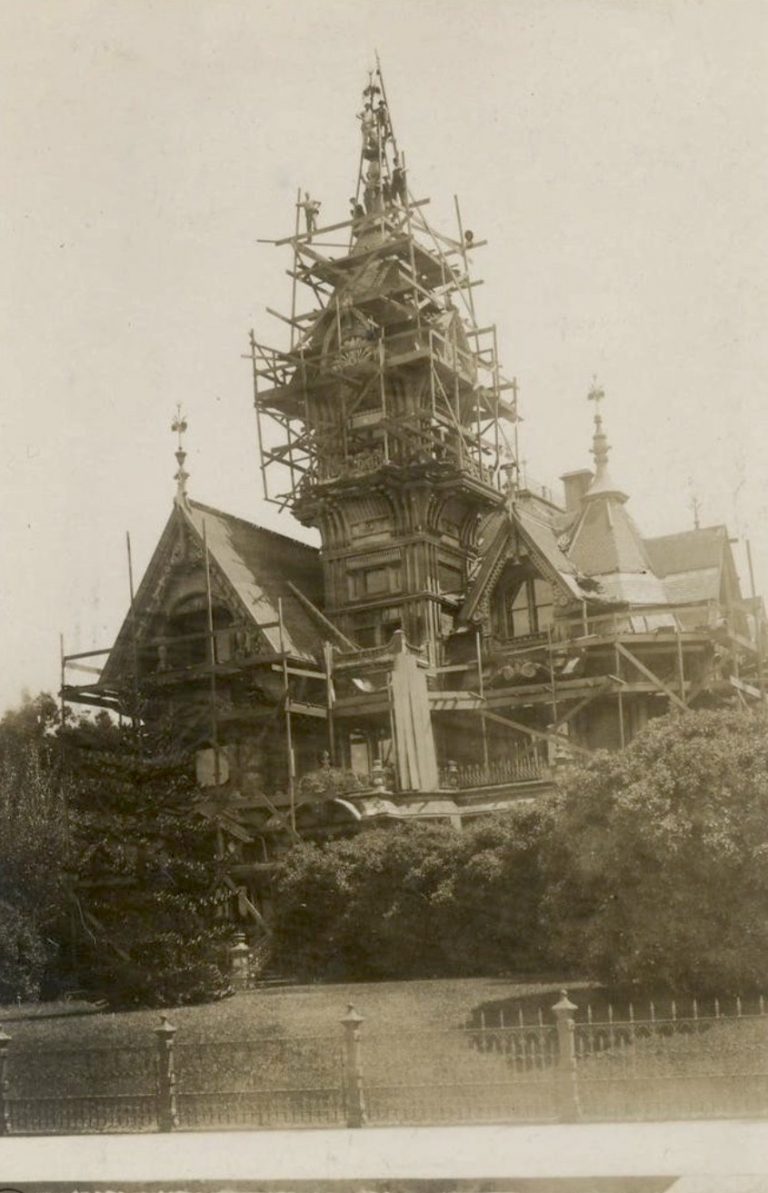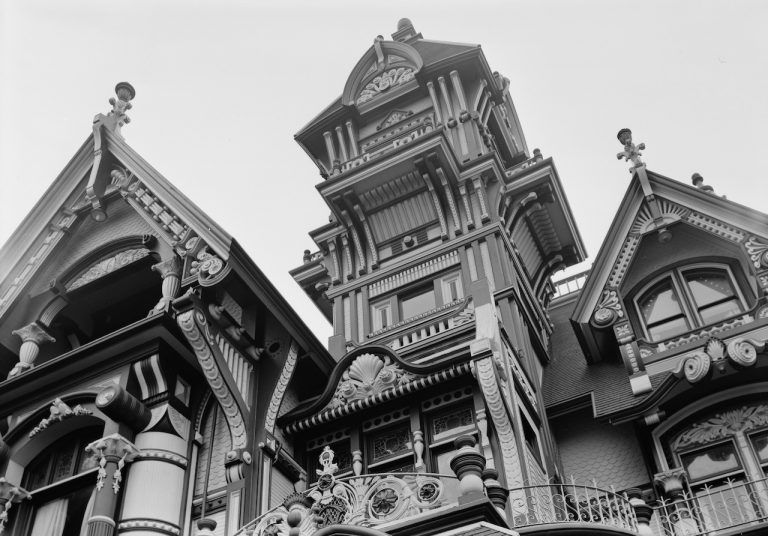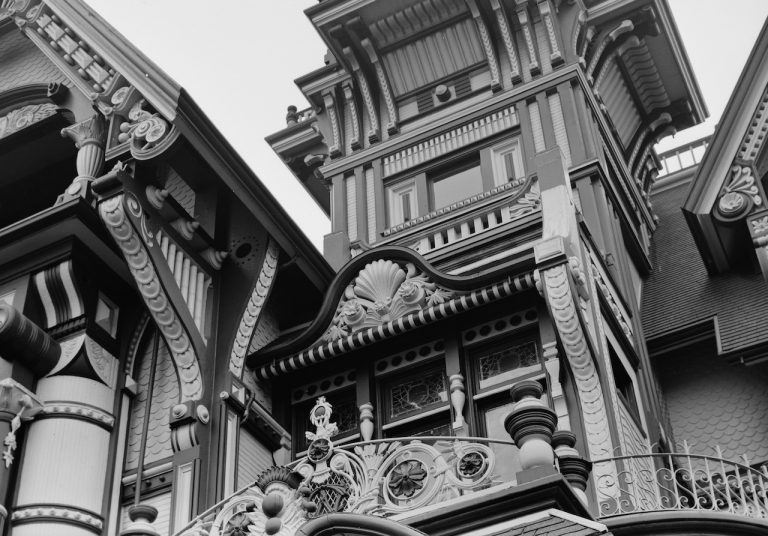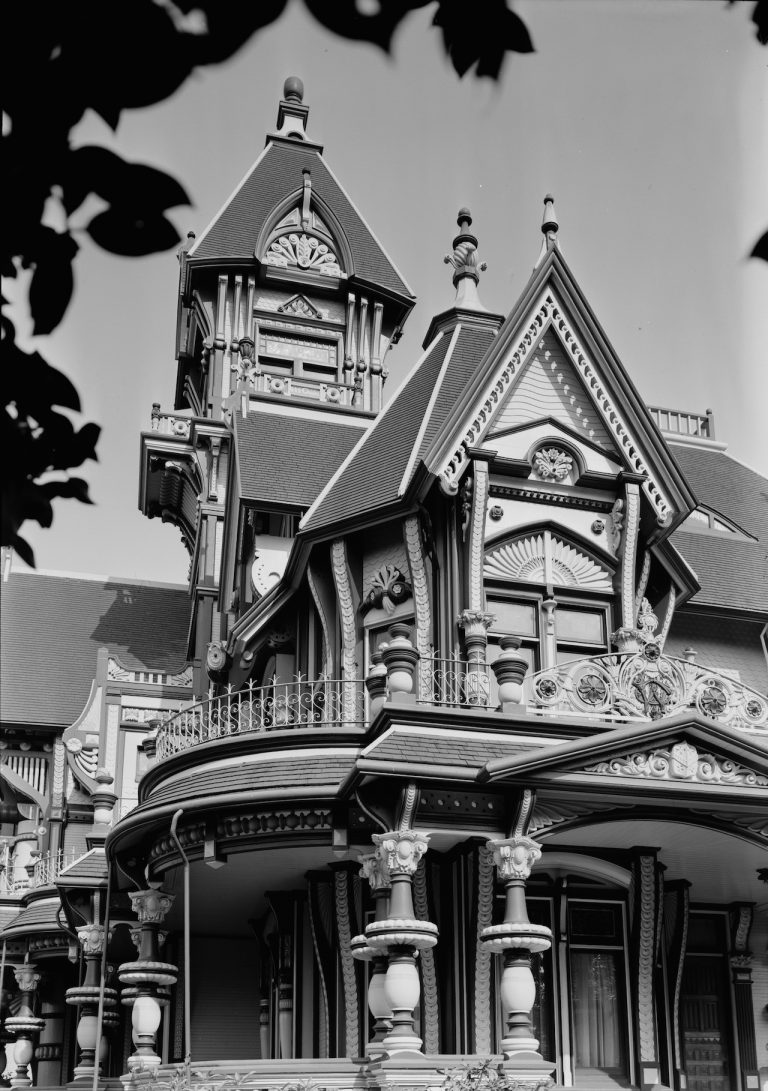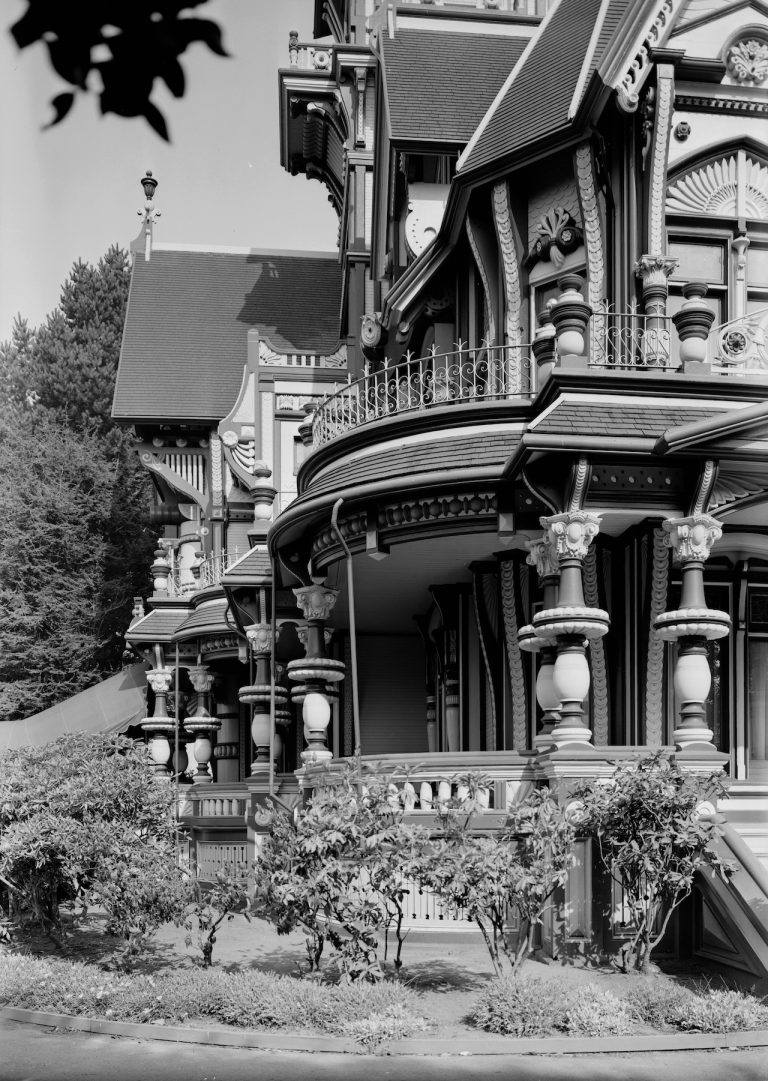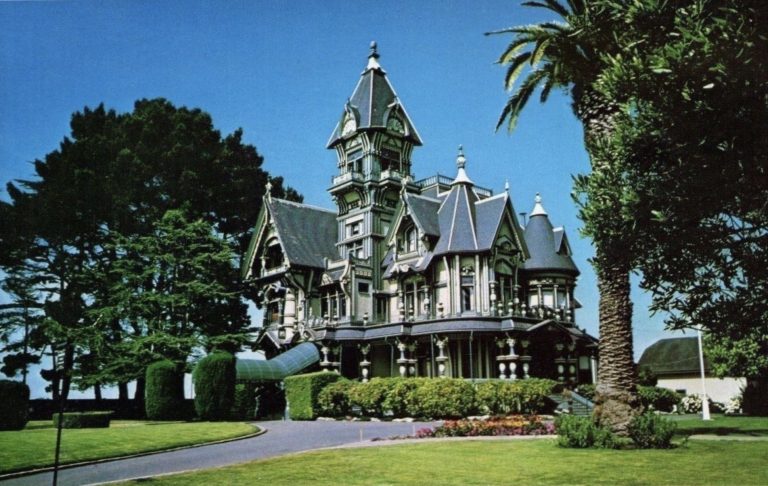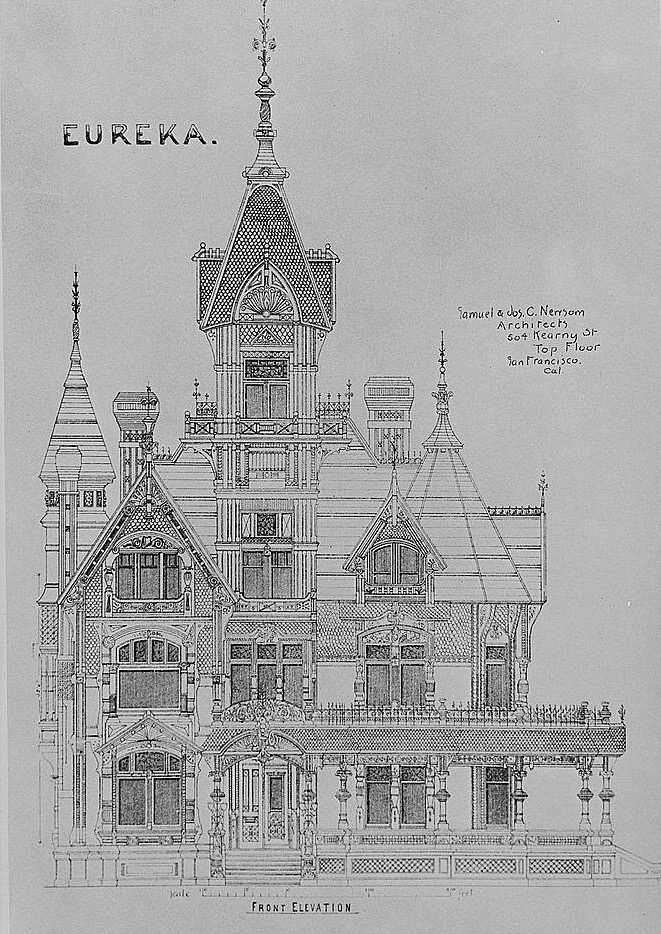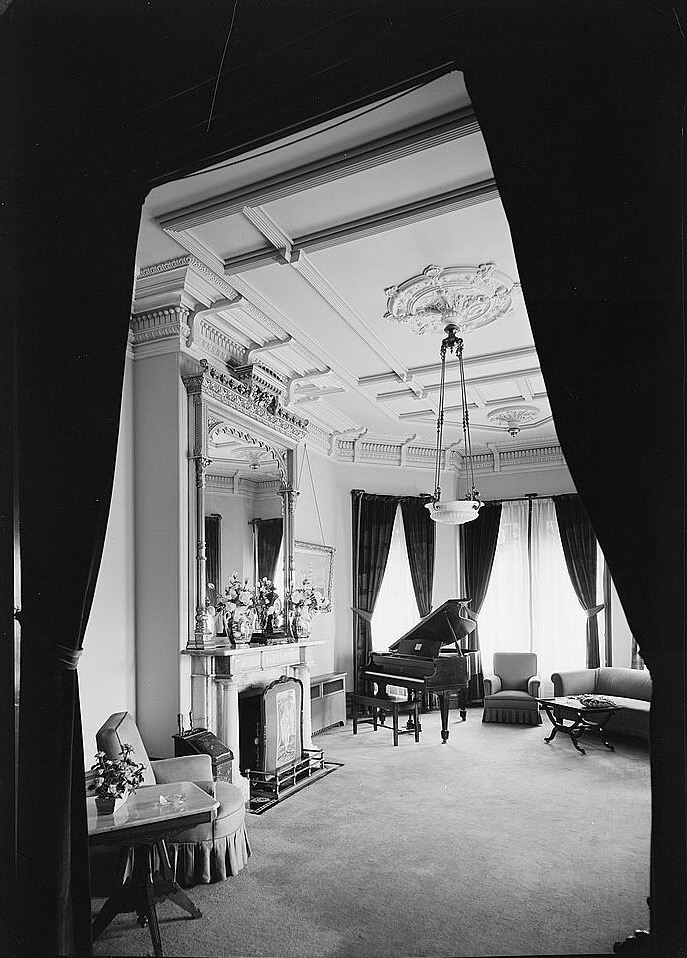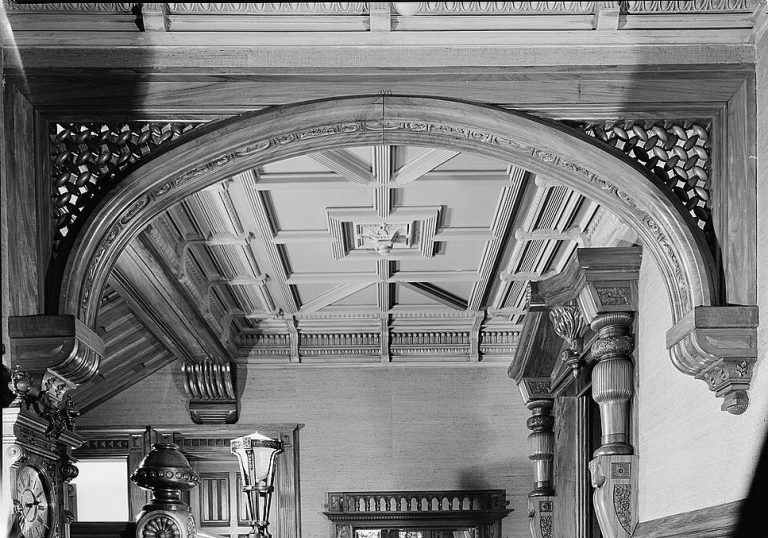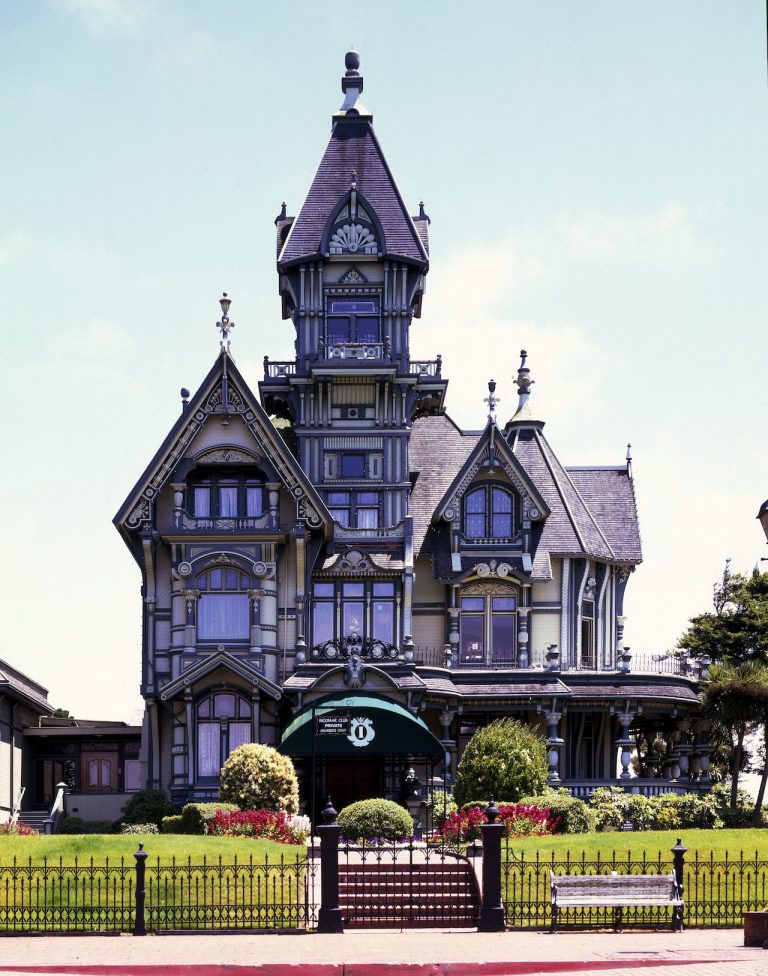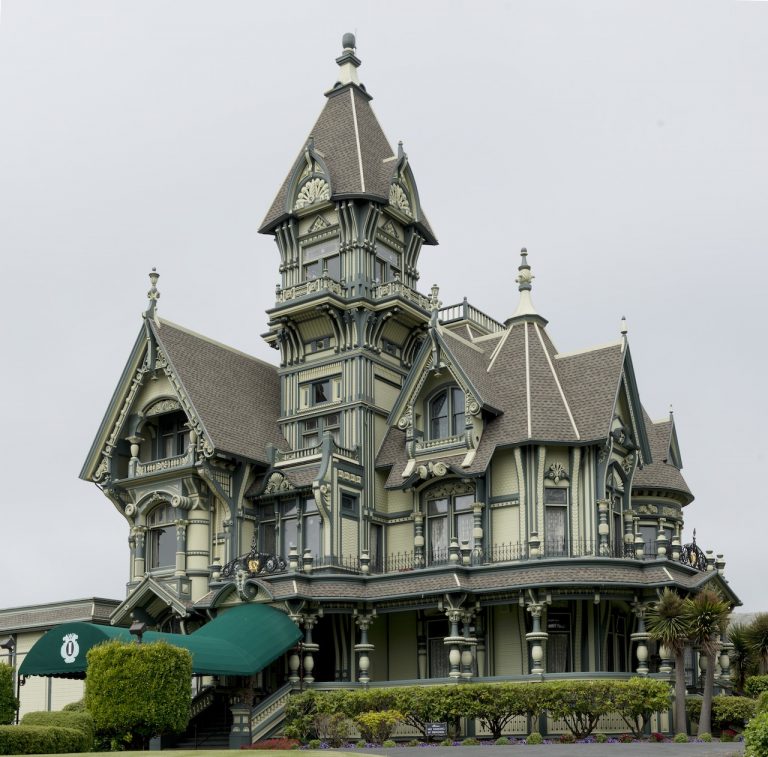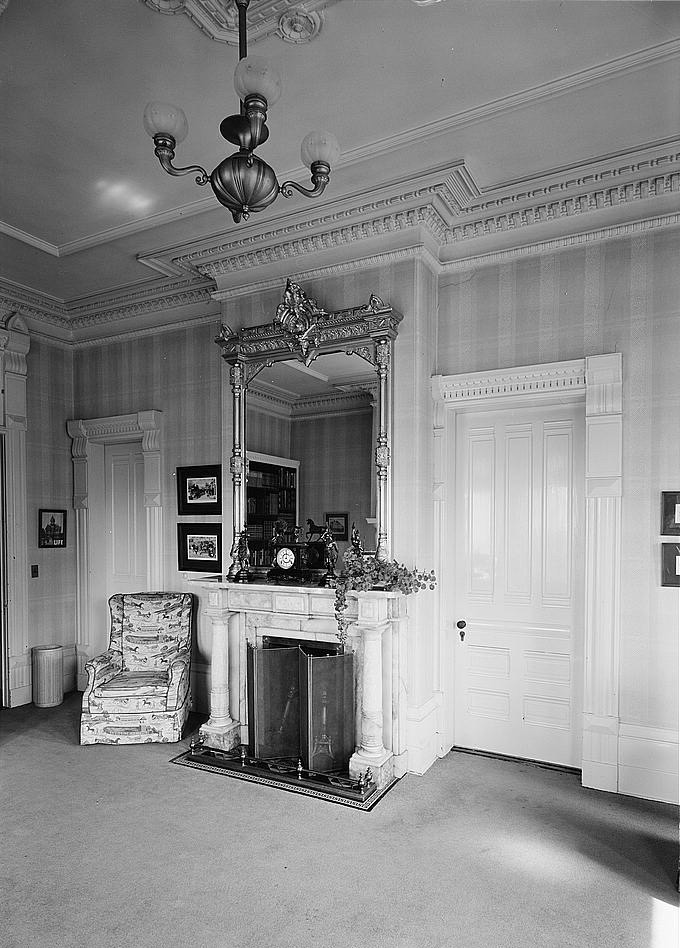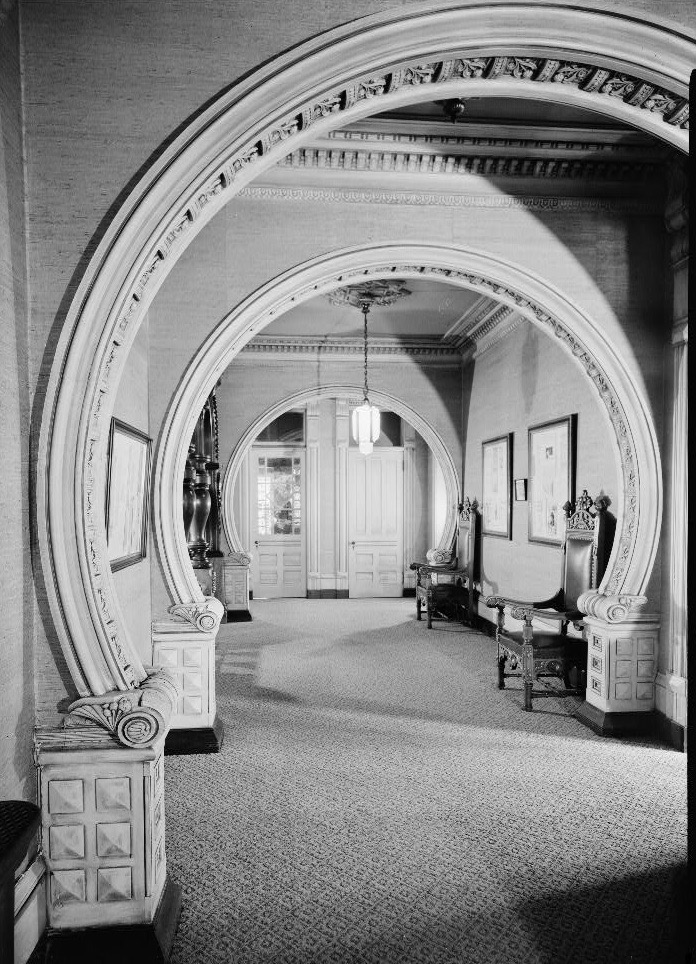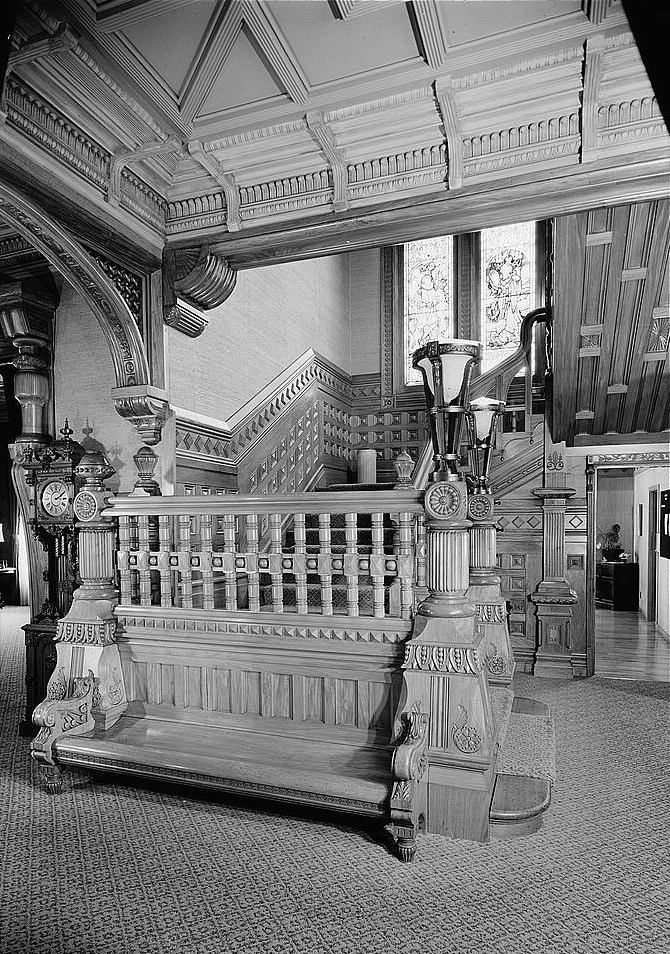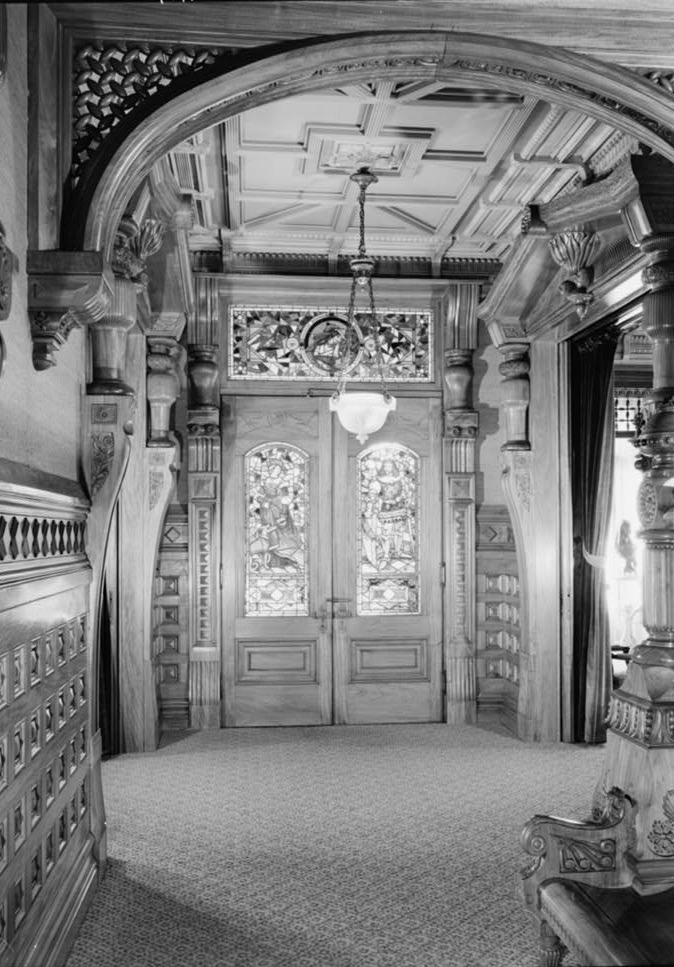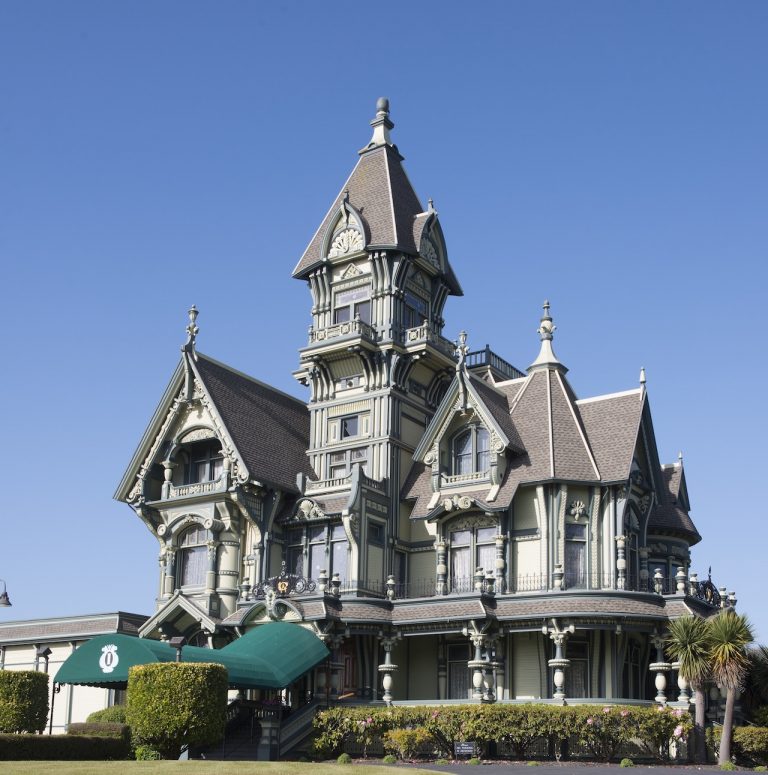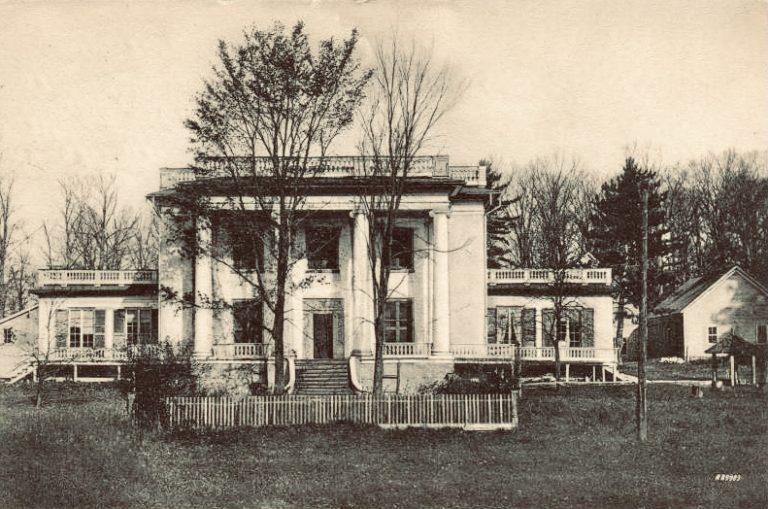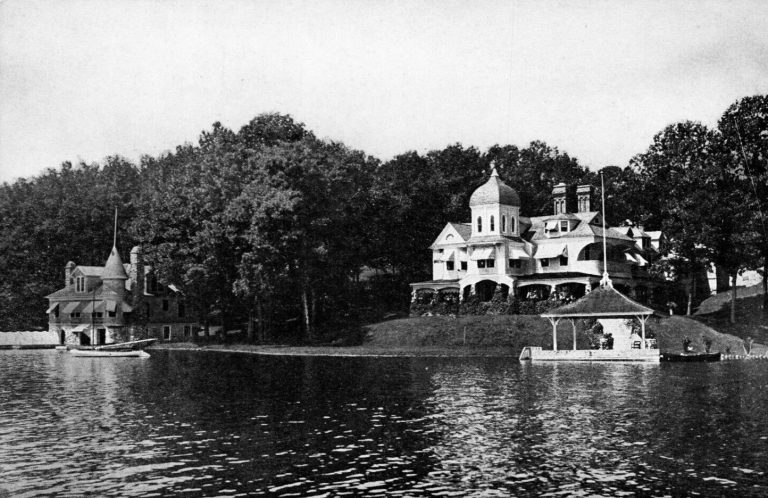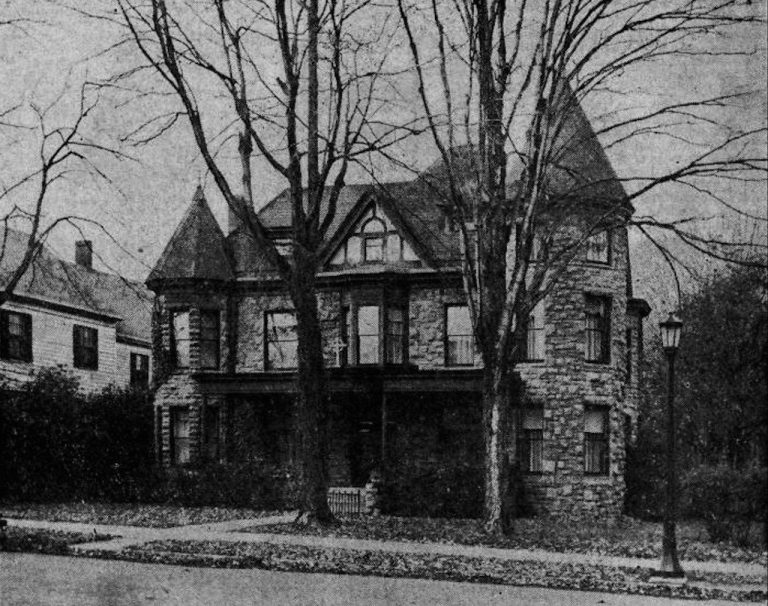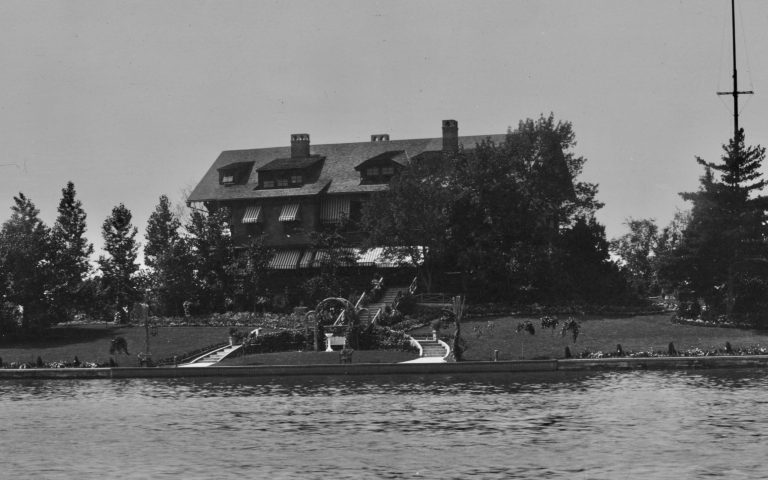The Carson Mansion, Most Photographed Victorian Mansion In The USA?
The story of Eureka, California’s Carson Mansion begins with a man’s quest for gold in the 1849 gold rush, but striking a fortune in redwood instead. Born in New Brunswick in 1825, William Coleman Carson left Canada at the age of 24 during the gold rush and arrived in San Francisco and purportedly became the first person to fell a redwood tree for lumber.

During that first winter, Carson was contracted to haul logs along with a group of woodsmen while during the spring they worked in the mines searching for gold. In 1852, Carson saw more value in building something of his own rather than searching for elusive gold and started a lumber businesses. Before long, he was shipping redwood timber to San Francisco in such great demand it would make him one of the region’s biggest lumber barons.
After a number of years with great success which saw Carson involved in the founding of the Eel River and Eureka Railroad, he would decide to build a mansion in Eureka – a town that he helped practically build. Construction for what would become known as the Carson mansion began in Eureka during 1884 and finished two years later at a cost of $80,000 (nearly $2.5 million in 2022 currency.) The three-story, Victorian Gothic mansion was constructed of Redwood for its exterior and included a 103-foot tower and a total of 18 rooms encompassing over 16,200 square feet of space.
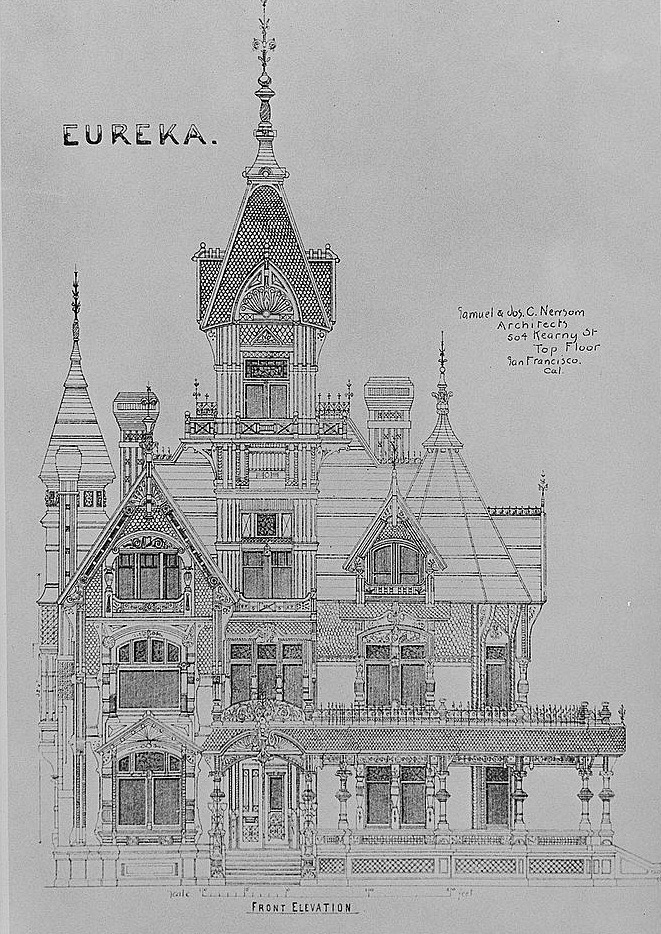
An article by Ralph Friedman in 1963 and shared by the North American Newspaper Alliance titled Ornate Gingerbread Mansion Has Been Preserved As Club noted—
This rough-grained, hard-muscled, Paul Bunyanesque logging town of Eureka, Calif., timber-torn and lumberjack-bred, looks up to “the most perfect example of Victorian architecture in the United States,” the 75-year-old Carson mansion.
Climbers from the deep woods blink in astonishment at the towering, crenellated castle that stands at the northern head of Second street, but local California loggers have grown accustomed to the gingerbread fashion plate, known in the bunkhouse days as the “beautiful monstrosity.”
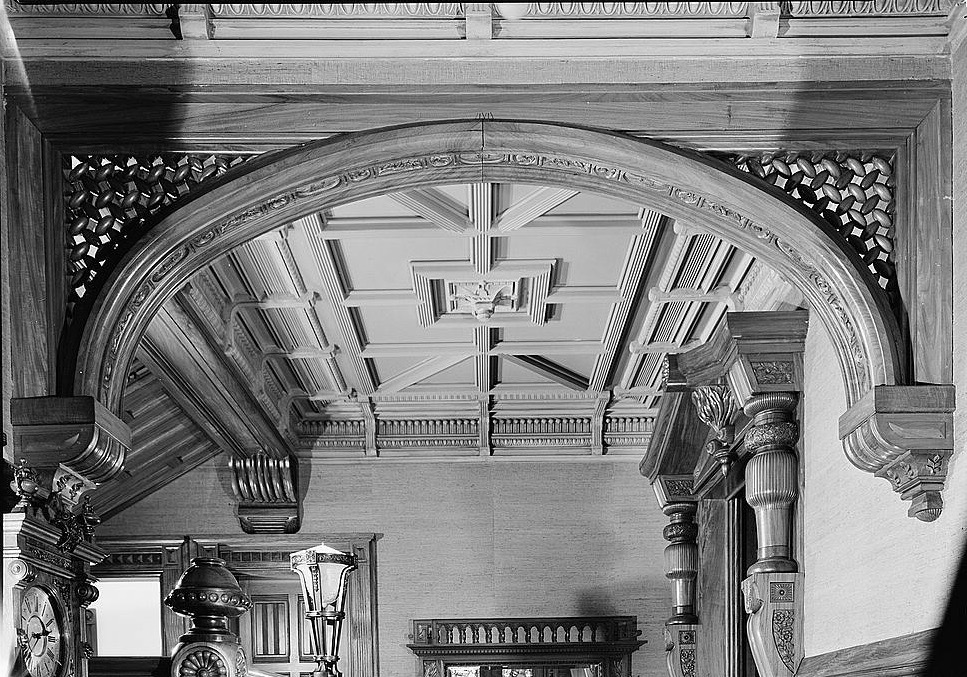
Carson evidently began constructing the mansion as a means to “put men idled by hard times to work,” but the project quickly became something else according to the article: “A monument of ‘elegance and good taste.’ It has to represent, he said, the dignity, the grandeur and character of the redwood country.”
The mansion and grounds take up nearly two city blocks while the third floor was the social scene and used for a ballroom. The interior woodwork, with its intricate carvings, must have succeeded in keeping a small army of workers busy during the two years it took to build. In fact, it was said one hundred carpenters and artisans were employed on various facets of the mansion’s construction.
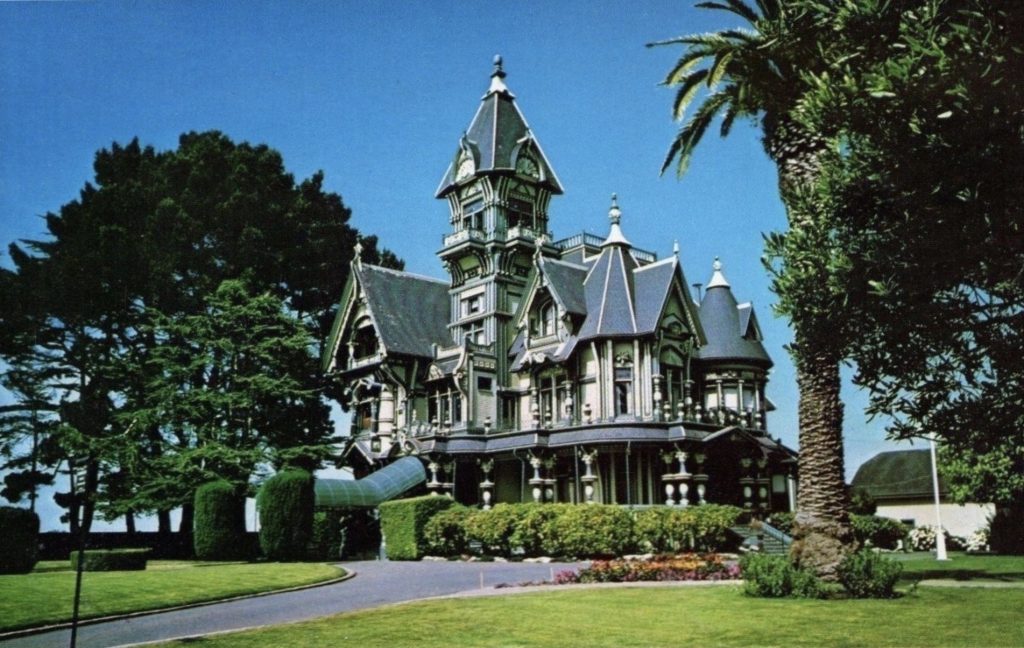
Despite the ornate and intricately designs, the Carson Mansion, much like the Victorian era in general, was “once widely dismissed as being ugly, over-elaborate, and pretentious” per a 1979 Christian Science Monitor piece on the revival of Victorian Architecture. Of course, the Victorian Era spanned many decades in the United Kingdom’s mid 1800s to early 1900s and greatly influenced American architecture during its own Gilded Age where the same “ugly, overelaborate, and pretentious” and “beautiful monstrosity” labels were undoubtedly applicable as well.
Even in a 2005 Staten Island Advance article, America Evolves With Architectural Wonders, author Arrol Geller noted the Carson Mansion as “so preposterously ornate that it approaches caricature.” The article would go on to mention—
The Carson Mansion is a good example of what might be called an architectural extravaganza — a design that represents the zenith of its era. Such works usually arose in the most prosperous times, which accounts for their frequent appearance during the 1880s, the Roaring Twenties and the supremely confident decades following World War II. Whether we call such buildings outrageous, way out or over the top, we know an extravaganza when we see it.
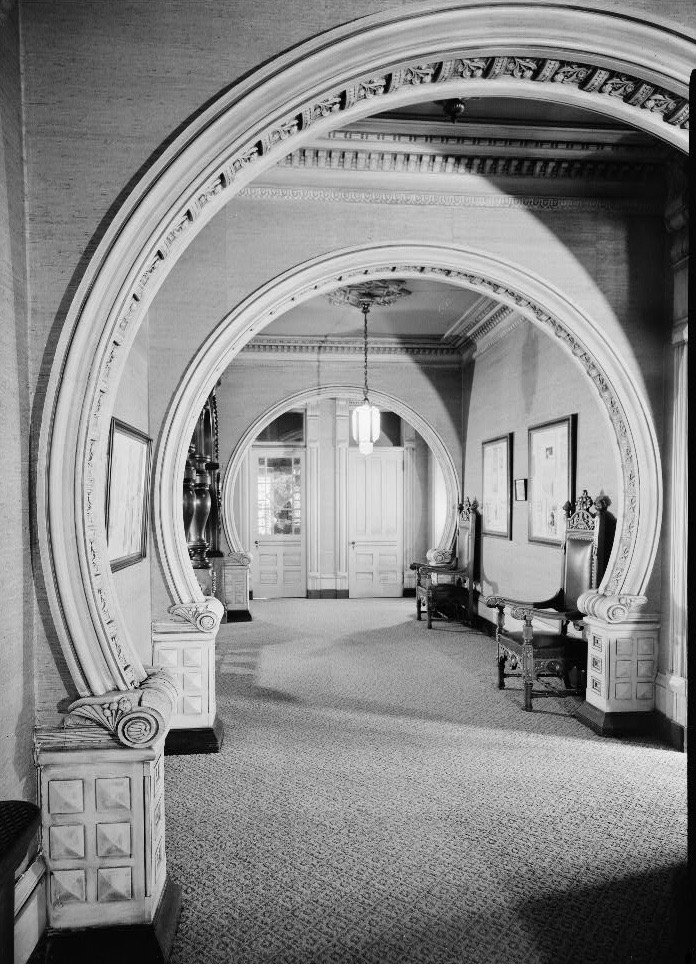
William Carson lived for 28 years in his mansion before passing away in 1912 at the age of 86. His descendants continued to live there until 1950 when it was sold to several local businessmen with plans to turn it into a men’s club modeled after the local “Humboldt Club” of which William Carson was a founding member. The result was the Ingomar Club which has spent several millions of dollars to maintain and improve the grounds including a thorough and meticulous restoration in 1988.
Today, the Ingomar Club continues its stewardship of the Carson Mansion which has been hailed as the epitome of Victorian architecture and remains as one of the most photographed homes in the United States… beautiful monstrosity or not.
